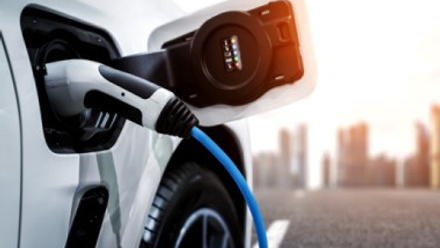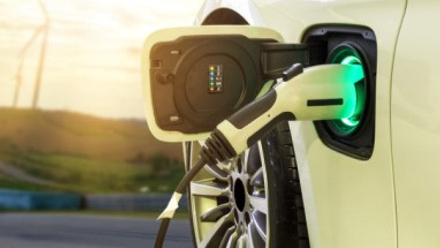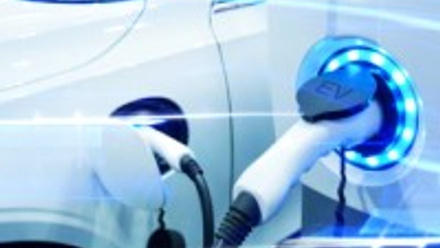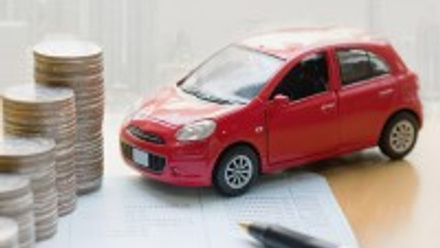Electric cars and company car fleets? Questions you need to ask
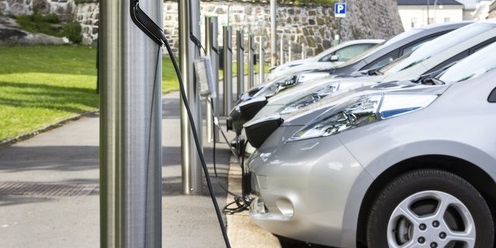
So, why such a significant drop in Denmark? Well, it appears that Denmark has decided to phase-out the tax-breaks for electric cars and plug-in hybrids, seemingly making electric far less appealing to drivers when faced with the full price tag.
This does bring into sharp focus the actual market appeal of driving an electric vehicle. What is the market saying about the desirability of the product if sales drop so rapidly once a financial incentive is removed? Is the product actually delivering the driving experience that drivers desire, and how does this driving experience translate to the practicalities of driving for work?
The introduction to a car fleet of electric and hybrid cars needs to be a considered strategic choice. To ensure that it is right for your business you must think about the following:
Company objectives
It is important to consider how the fleet strategy complements the corporate objectives of the business. If the business has a robust corporate social responsibility program, and a commitment to managing carbon footprint, then clearly the appetite for ultra low emissions vehicles will be strong. If the business is not particularly carbon intense then the benefits of operating a low carbon car fleet may not be as appealing.
Tax position
Currently the UK government offers grants of up to £4,500 for pure electric vehicles such as BMW i3, Ford Focus Electric and Mercedes Benz B-Class Electric Drive, and up to £2,500 for low emitting hybrid vehicles such as BMW225xe, Mitsubishi Outlander and Toyota Prius Plug-in.
These are powerful incentives and produce attractive options for fleet drivers, however, how long will these fiscal incentives be in play? Is the Danish example the thin edge of the wedge toward a looser attitude toward the value of electric and/or hybrid vehicles?
Technology
In early adoption markets such as EV, technology changes at a pace. It will be prudent to consider the impact of rapidly advancing technologies and the pace with which early models become obsolete. This uncertainty can have an impact on the re-marketing opportunities, as lack of knowledge in the marketplace and swift technological advances can impact the residual value; which needs to be considered when calculating the total cost of ownership.
Driver behaviour
Like it or not, people can be lazy and will often take the route of least possible resistance (no pun intended!). Unfortunately this means the frequent charge of an electric/hybrid vehicle will often be considered a resistance and be side-stepped.
Although this is not very productive for a pure electric vehicle, a hybrid can run on fossil fuel alone, so side-stepping the charge does not cause the driver any real issues. Indeed, experience tells of charging cables remaining in their plastic wrap for the life-cycle of the car.
However, depending on the fuel strategy of the business, the failure to charge the vehicle will have implications. If a driver is less than enthusiastic about recharging the battery of a hybrid vehicle then it will operate the petrol engine on all journies. As is known, this is not as effective as a conventional diesel engine. If a company covers all fuel costs (personal and business) then poor charging discipline will result in increasing fuel costs, whilst a company with generous mileage rates of 45p per mile can work in the favour of a committed electric vehicle user who may cover many of their business miles at no cost to them.
Introducing electric vehicles to fleet also carry substantial infrastructure investment in work-place charging points, so to generate a return on investment on an electric strategy driver charging discipline is a must.
It may be prudent to consider an electric/plug-in mileage rate that reflects the actual cost of running the vehicle. This will reduce the temptation for drivers to consider the mileage rate as an additional income and can also help offset the capital investment in charging infrastructure.
Health and safety
Introducing an electric option to the car fleet list will require some planning around charging provision, especially at home. Not all homes are suited to safe and practical charging. If a car has on-street parking then this poses a risk and safe cabling must be considered. The company must also consider the suitability of the charging solution being used to ensure it does not damage their asset.
Range
One of the challenges to all users of electric vehicles is range anxiety. Although great inroads has been made around improving range, the newest EVs still only provide a real-world range of 125-150 miles, which although is commute-sufficient, does not inspire confidence that a round trip to a client meeting or a day in the field would be completed before the need to sit out for 30 mins or so whilst the battery recharged.
The benefit of a hybrid however is the removal of range anxiety and the ability to operate electric for part of a journey which does help drive down emissions down, producing better CO figures.
Image
One characteristic is the positive halo effect the use of electric vehicles emits to the business brand. If the business is known for its green credentials and has strong market messages based on this position, then the inclusion to a fleet of electric vehicles has obvious positive connotations.
Future proofing
We recently wrote about the impact of recent diesel regulations on fleet, noting particularly how shorter inner-city journeys may be compromised should the diesel regs be extended to inner-city bans, as is the case in 4 major global cities. Manufacturers have responded to this by introducing electric light commercial vehicles as alternatives for inner-city driving; this tactic of moving to electric also has obvious benefits for car fleets with exposure to inner city driving.
This article was provided by Fleetworx.
In partnership with Fleetworx
Fleetworx help the car fleet supply chain work better for everyone.


